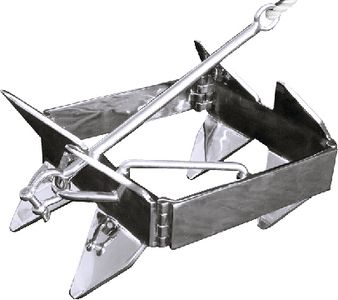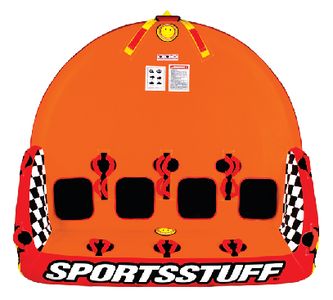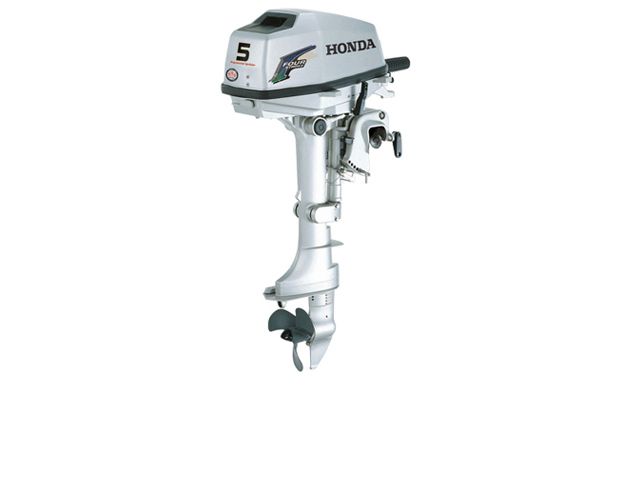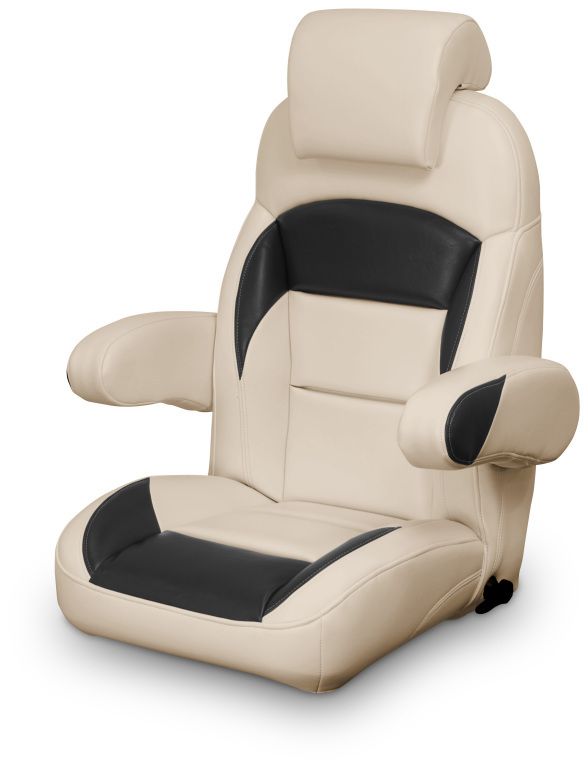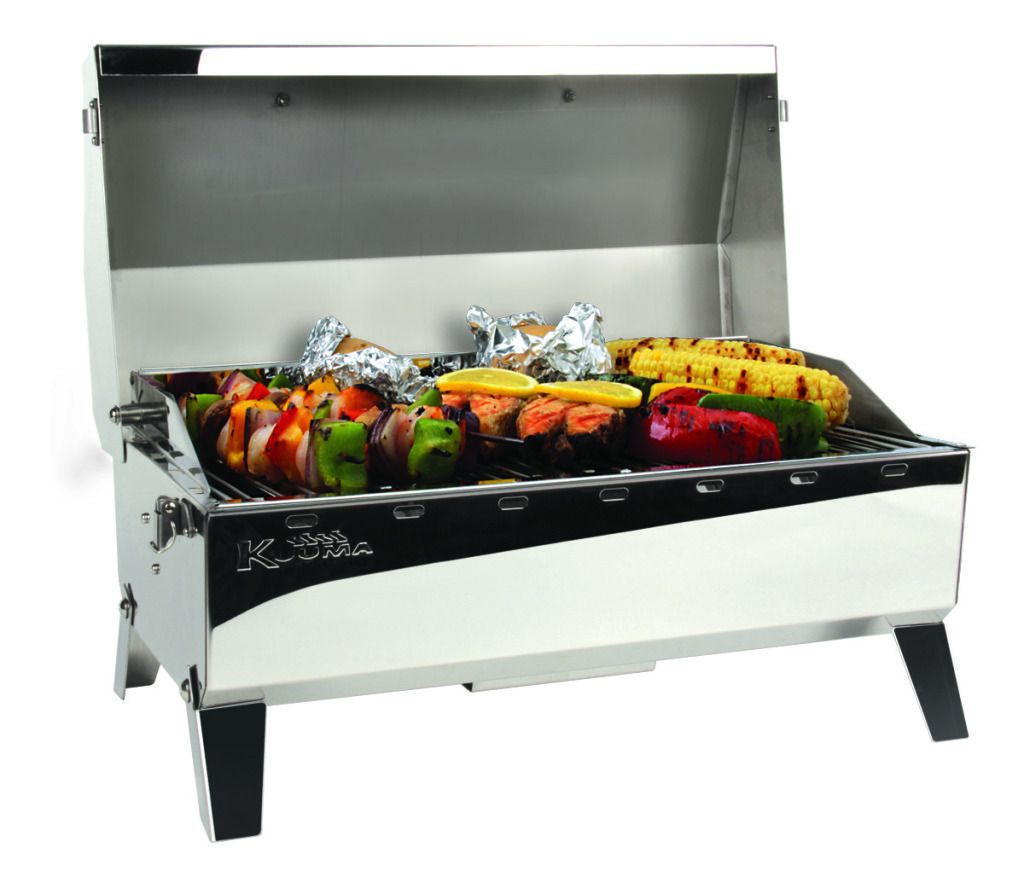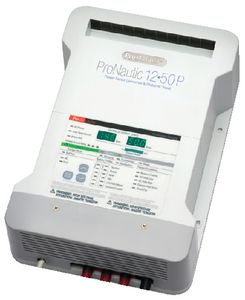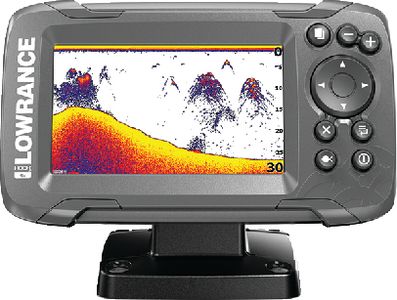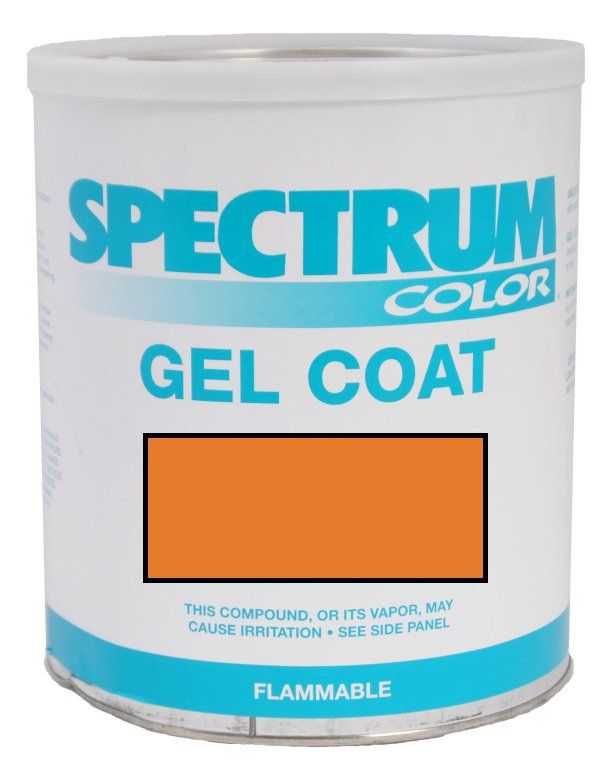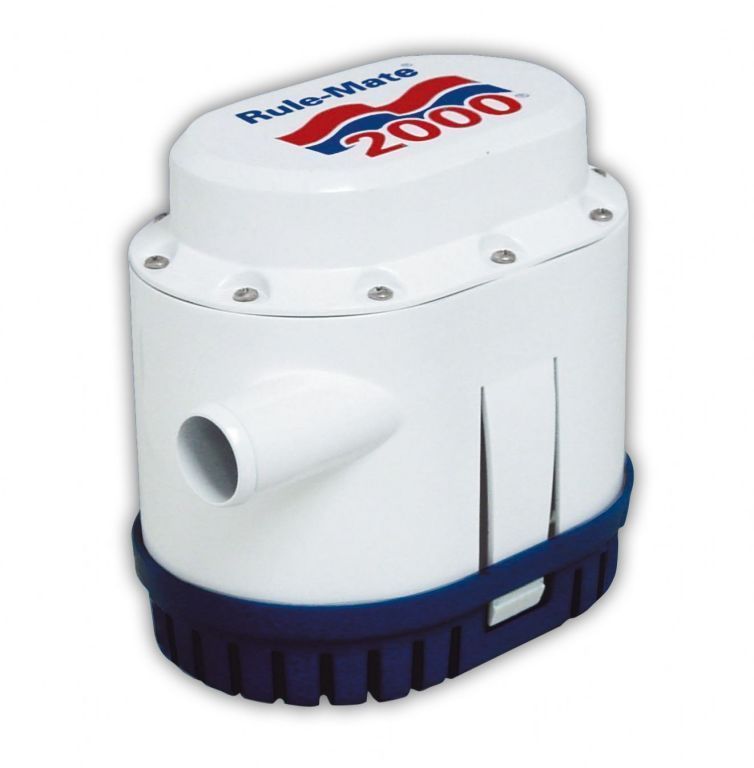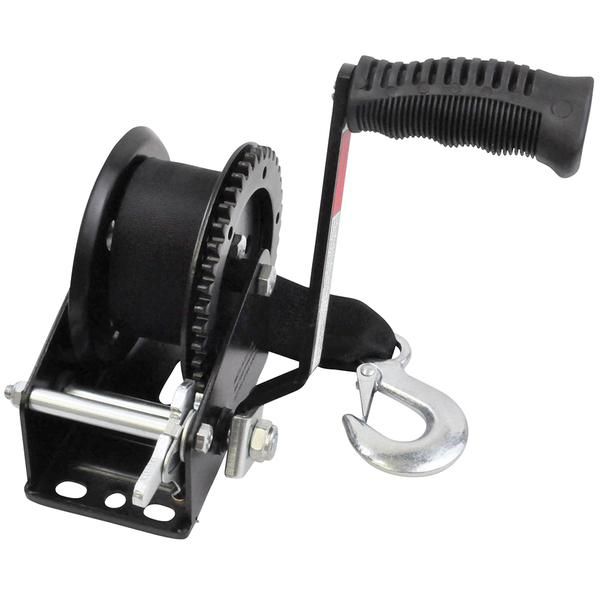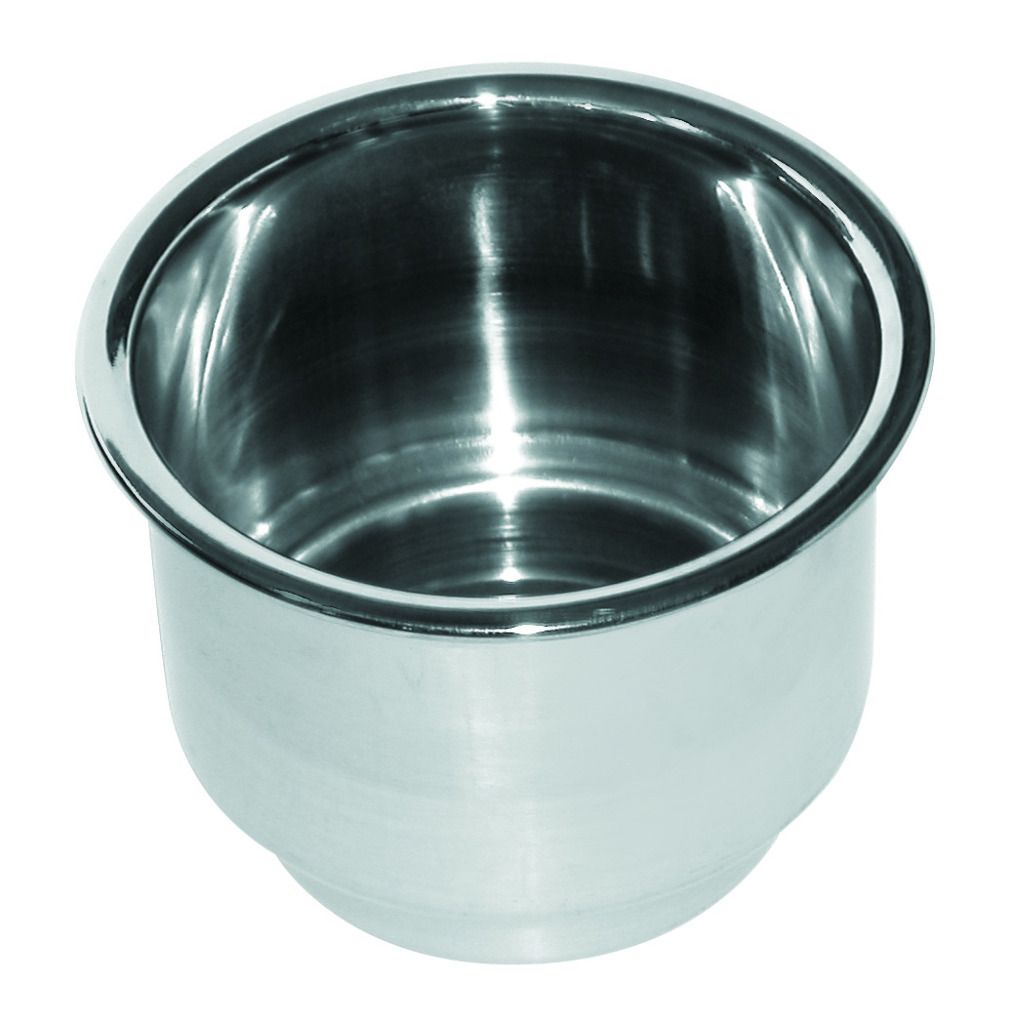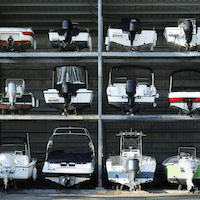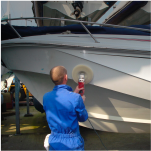I want to open the foam area under the bow of my bow rider to make a storage compartment. Since it's filled with foam does anyone see a problem wit removing the foam that's there and replacing it with with significant additional closed cell foam up under the sides on the front half of the boat. SO long as I add the same amount or more new than is in the pocket in the front, it seems like it should serve the same purpose...
When I replaced a rotten / soft section of the deck in the front, I had a chance to inspect the foam underneath and even took a couple of "core samples" down to the hull to make sure it was dry and in good shape before replacing the wood and glassing over it.
The foam filled boxes on either side of the engine compartment will get opened and checked as well when I swap engines out in a few weeks. If they're wet, I plan to remove the wet foam, replace any wet or rotten wood and glass over it, and then maybe replace the foam or at the very least tightly seal the voids to provide the intended buoyancy. My understanding is that the volume and location of the "boxes" is designed to be sufficient that in the event of unchecked water intrusion into the engine compartment, the water level will not get high enough for water to get into the engine itself. I'm going to do some math to see whether that jibes with the weight of the hull and engine. Depending on what the numbers say, I'm tempted to add additional. of course, I don't plan on having a major leak, but who knows, I could screw up a bellows install, etc...
Last question: Why in the cases of the boxes in the back, do we even use foam rather than to very tightly seal the empty space? Seems like if long term water leaking in and not getting out, it wouldn't be difficult to install watertight inspection ports... Just curious...
When I replaced a rotten / soft section of the deck in the front, I had a chance to inspect the foam underneath and even took a couple of "core samples" down to the hull to make sure it was dry and in good shape before replacing the wood and glassing over it.
The foam filled boxes on either side of the engine compartment will get opened and checked as well when I swap engines out in a few weeks. If they're wet, I plan to remove the wet foam, replace any wet or rotten wood and glass over it, and then maybe replace the foam or at the very least tightly seal the voids to provide the intended buoyancy. My understanding is that the volume and location of the "boxes" is designed to be sufficient that in the event of unchecked water intrusion into the engine compartment, the water level will not get high enough for water to get into the engine itself. I'm going to do some math to see whether that jibes with the weight of the hull and engine. Depending on what the numbers say, I'm tempted to add additional. of course, I don't plan on having a major leak, but who knows, I could screw up a bellows install, etc...
Last question: Why in the cases of the boxes in the back, do we even use foam rather than to very tightly seal the empty space? Seems like if long term water leaking in and not getting out, it wouldn't be difficult to install watertight inspection ports... Just curious...

